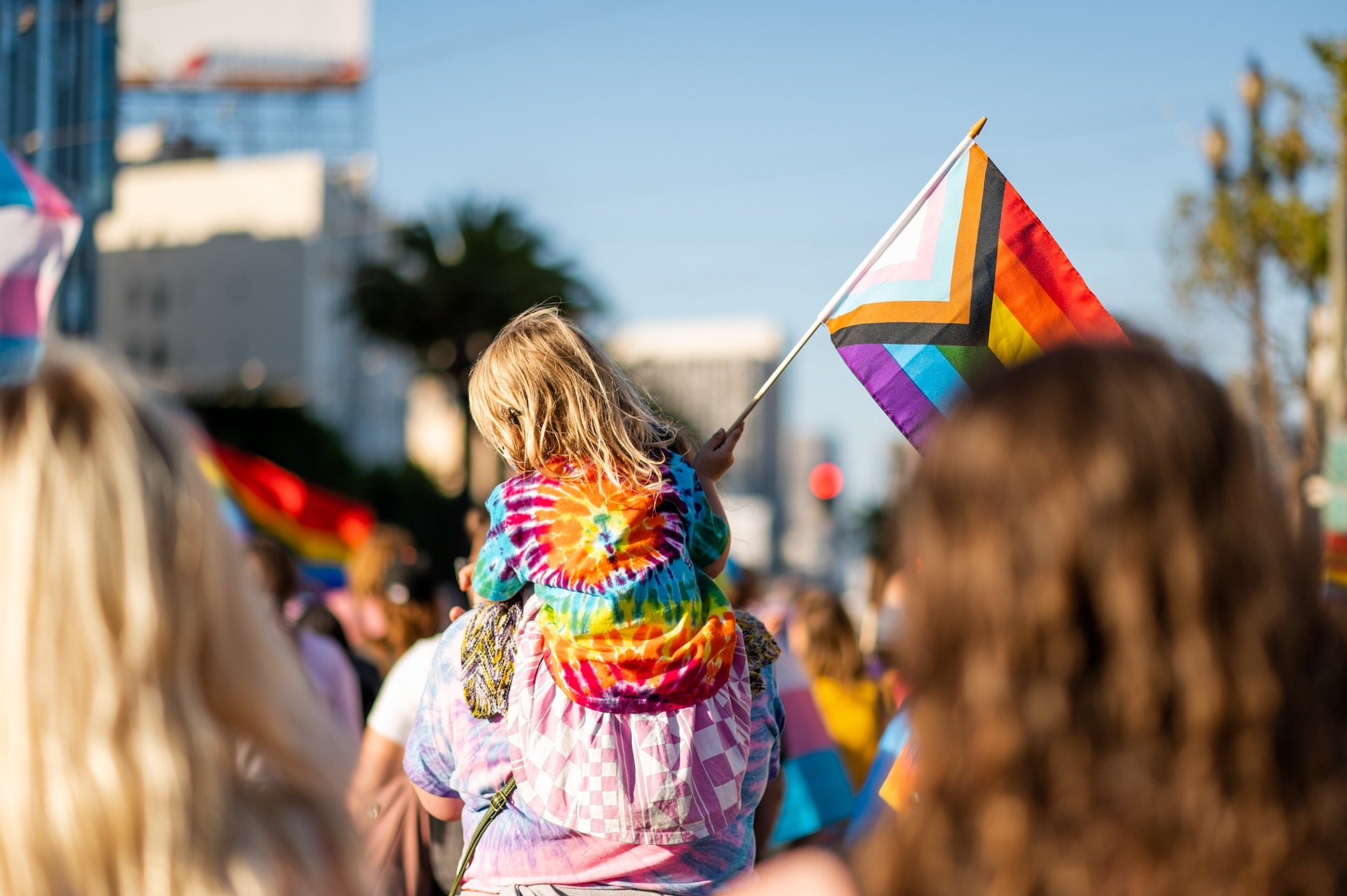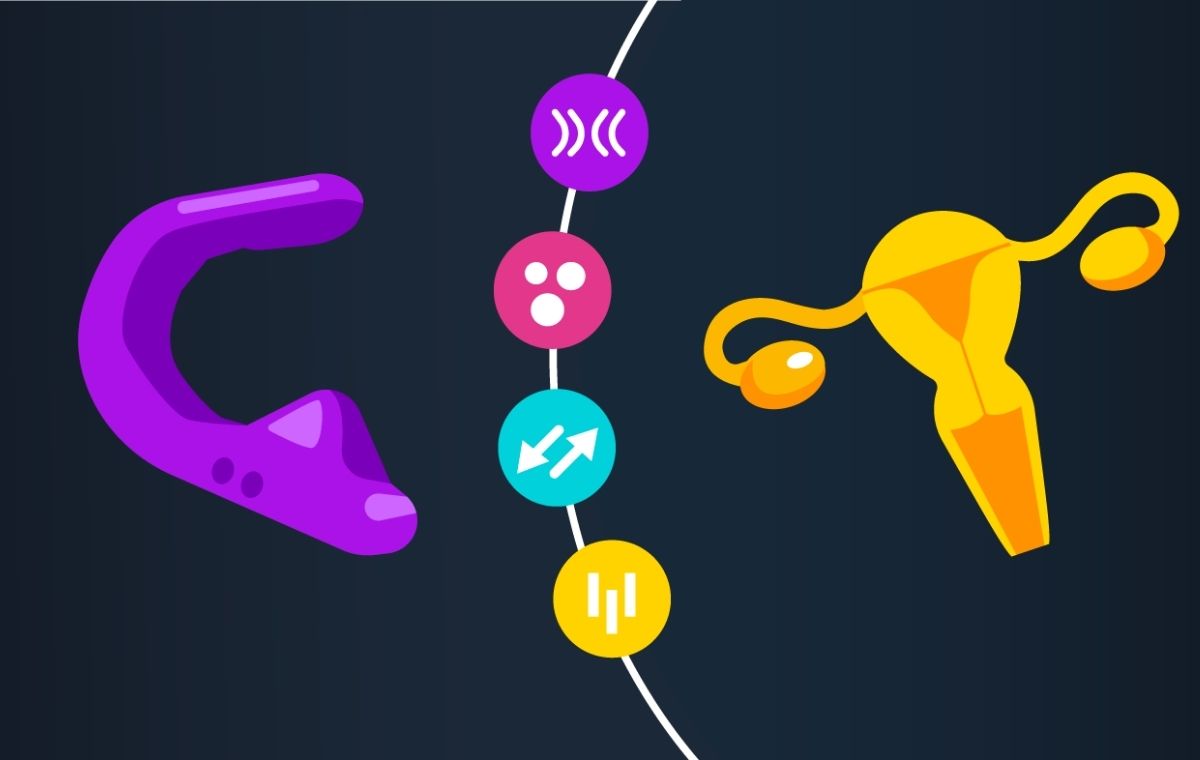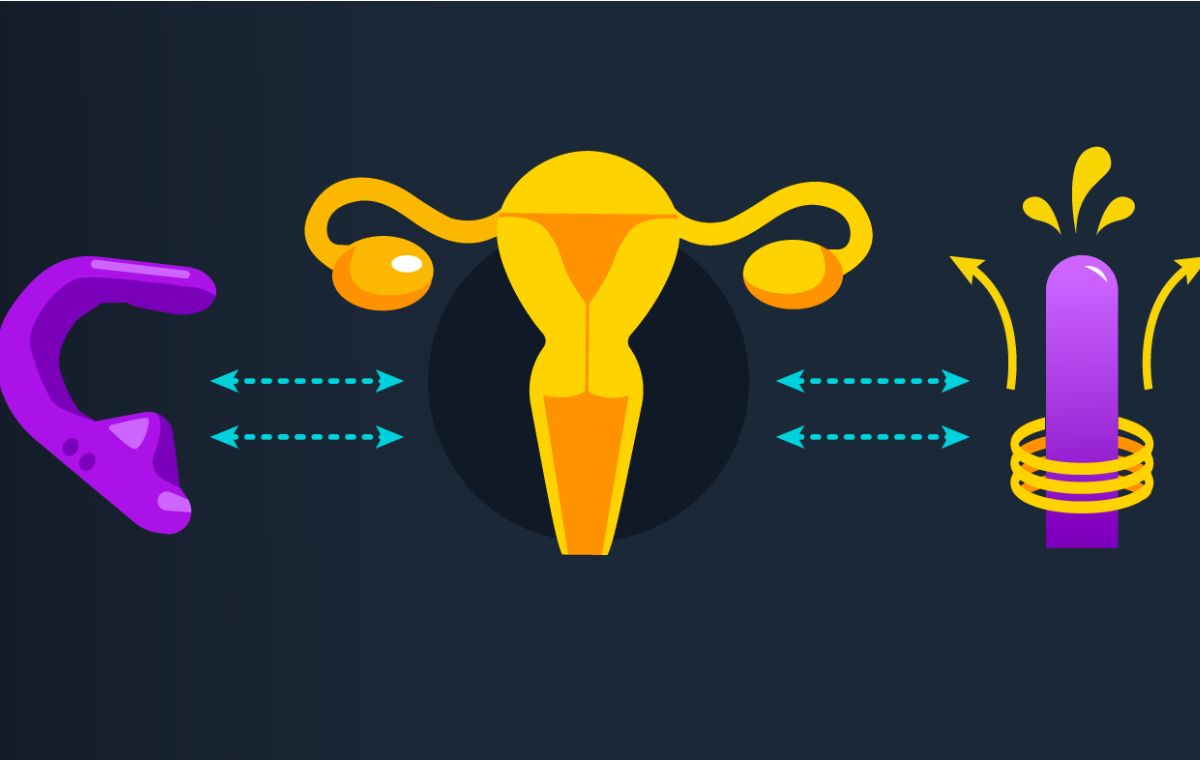Among the wide array of sexual orientations, bisexuality and pansexuality have garnered significant attention for their unique perspectives on attraction and relationships. While these orientations share some similarities, they also possess important distinctions that set them apart. By exploring these differences and similarities, we can foster a more comprehensive and empathetic knowledge of the multitude of ways humans experience sexuality. In this article, we will delve into the definitions and key aspects of both bisexuality and pansexuality.
Understanding bisexuality
Bisexuality is commonly defined as the sexual attraction tomultiple genders. Traditionally, bisexuality has often been perceived as being attracted to both men and women, reinforcing the notion of a fixed gender binary. However, contemporary understandings of bisexuality have evolved to encompass a broader spectrum of attraction. For many, bisexuality entails a fluid, diverse range of attractions, including with non-binary, transgender, and genderqueer individuals. Ultimately, the bisexuality label has expanded over time to better acknowledge the complexities of human sexuality.
Understanding pansexuality
Pansexuality, on the other hand, is the sexual attraction to people regardless of their gender, and people who don’t identify with a gender. Put simply, pansexuality acknowledges that there are myriad gender identities and expressions within the human experience, and one's attraction is not limited by or dependent upon the other person's gender. For pansexual individuals, the focus is often on the emotional, intellectual, and interpersonal connection rather than one's gender identity.
Key differences between bisexuality and pansexuality
While both bisexuality and pansexuality encompass a diverse range of attractions, there are notable differences between the two.
- Spectrum of attraction: Bisexuality typically revolves around attraction to multiple genders, sometimes with preferences or varying levels of attraction depending on the individual. Pansexuality, in contrast, explicitly encompasses attraction to all genders, suggesting a more consistent level of attraction across the gender and agender spectrum.
- Focus on gender: For many bisexual individuals, gender still plays a role in their attraction, even if they are attracted to multiple genders. Meanwhile, pansexuality often de-emphasizes the importance of gender, prioritizing other aspects of connection and attraction instead.
- Historical context: Bisexuality has been a recognized sexual orientation for a more extended period than pansexuality, with the latter emerging more prominently in recent years alongside the broader understanding of gender as a spectrum. Consequently, pansexuality may be less familiar to some people, resulting in misconceptions or misunderstandings about its definition and implications.
Common misconceptions and overlaps
In discussing bisexuality and pansexuality, it is crucial to address and debunk common misconceptions that perpetuate false assumptions or confusion about these sexual orientations.
- Myth: Bisexuality reinforces the gender binary: Many people mistakenly believe that bisexuality is solely about experiencing attraction to men and women, thereby upholding the traditional gender binary. In reality, the bisexual community has evolved to embrace a more nuanced and diverse understanding of attraction, including non-binary and genderqueer individuals.
- Myth: Pansexuality is simply a "new" or more "politically correct" version of bisexuality: Some argue that pansexuality is a recent rebranding or adaptation of bisexuality. However, pansexuality is a distinct orientation with its unique perspectives and experiences on attraction, as well as a more explicit focus on gender inclusivity.
Despite these differences and misconceptions, it is essential to recognize the overlap and interconnectedness between bisexuality and pansexuality. Many people within the LGBTQ+ community flow between these labels or adopt aspects from both orientations, forging a unique, fluid understanding of their sexual identity.
Takeaway
Understanding the distinctions between bisexuality and pansexuality is important in fostering an inclusive, respectful, and diverse perspective on human sexuality. Both sexual orientations offer their unique viewpoints and experiences, with each contributing valuable insights into the complexities of sexual attraction and relationships.































